Everything you need to know about onions and how to grow them

Almost every gardener grows onions in his area. The vegetable is actively used for preparing a variety of dishes and is perfectly stored for a long time. The main thing is to provide him with proper care.

general description
Onions are a herbaceous monocotyledonous plant that belongs to the amaryllis family. Its root system is not located too deep underground. The bulbs can be round or elongated. You can eat both the root of the plant and its green tubular leaves. The greens of the onions are fragrant and pleasant to the taste. It is used as a condiment both fresh and dried.
On the arrows, which appear several months after planting, small flowers are located. They are collected in neat inflorescences. Until the onions bloom, they remain covered with a thin film. When the plants are in full bloom, the dry skin falls off.
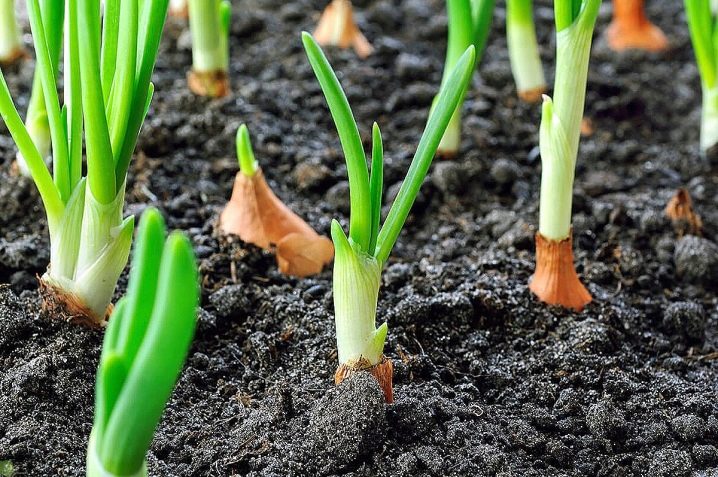
Now in nature there are several hundred varieties of onions. Some of them, such as round-headed onions, are used as ornamental plants.
They are planted in flower beds and next to fences. They go well with many spring flowers.
Origin story
People began to grow onions in their area a very long time ago. The plant was cultivated more than three thousand years ago. Asia is considered his homeland.
In Europe and Russia, onions have been grown since the middle of the XII century. Since that time, vegetables have been actively used in cooking and traditional medicine. They began to grow plants on an industrial scale about 200 years ago.
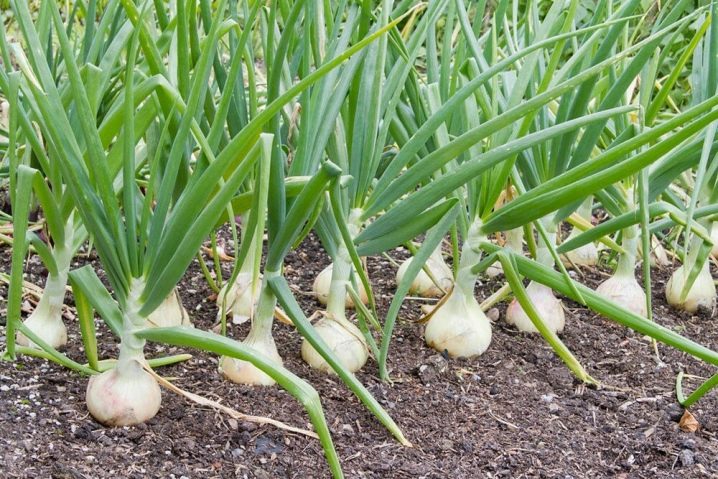
Landing
For planting onions, it is worth choosing areas with loose soil. The beds should be well lit. Onions grow very well in the sun and do not get sick. Legumes, zucchini, cabbage, cucumbers and potatoes are considered good predecessors for this plant. Carrots, beets and various greens can be planted next to onions.
Seeds are sorted out before planting, throwing out all damaged specimens. For seedlings to be simultaneous, it is worth choosing grains of the same size for sowing. Before planting, it is advisable to treat them with a disinfecting solution. This makes it possible to increase the plant's resistance to various diseases.
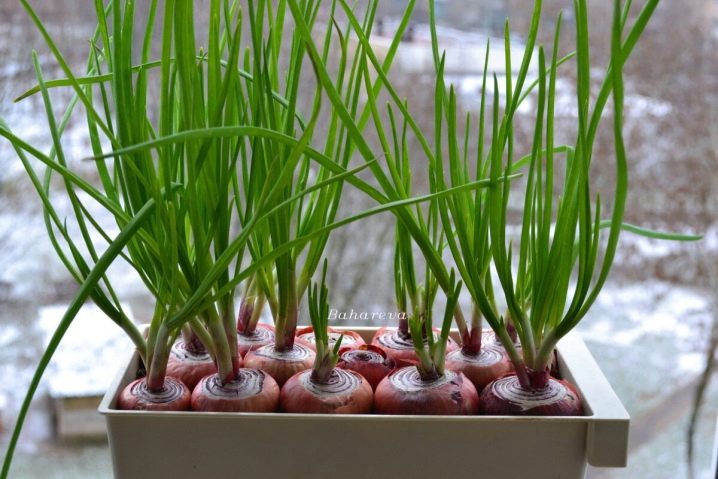
Before sowing seeds, the soil on the site is carefully dug up. The same furrows are made in it. They should be 15-20 centimeters apart.
Instead of seeds for planting onions, you can use grown onion sets. It is worth choosing bulbs about 2-3 centimeters in size. They also need to be prepared before planting. The onions are heated for several days.
It is best to do this not indoors, but outdoors. Then the roots are soaked in growth stimulants. You can use both a purchased product and a natural remedy prepared on the basis of ash.
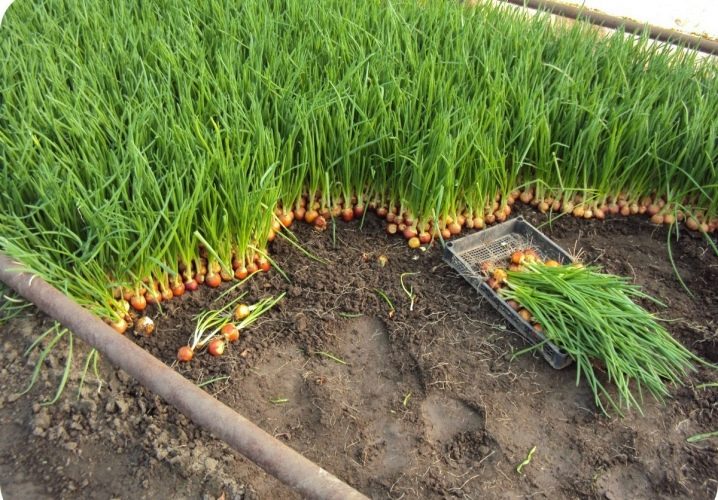
As soon as the soil warms up, the seedlings can be planted in open ground. Each small onion is buried 5-7 centimeters into the soil. Sprinkle it on top with a thin layer of loose soil. After planting, the plants are watered with warm, settled water.
Care
To get a good harvest, the plants must be properly cared for. Onion agrotechnology consists of the following activities.
-
Watering. Most onion varieties are watered on a regular basis. In this case, the leaves of the plant remain green and juicy for a long time. Particular attention should be paid to watering if the summer is hot.It is recommended to mulch the soil on the site. It is best to use dry sawdust or grass for this purpose. Fine mulch will protect the soil from drying out. In addition, much less weeds will appear on the site.
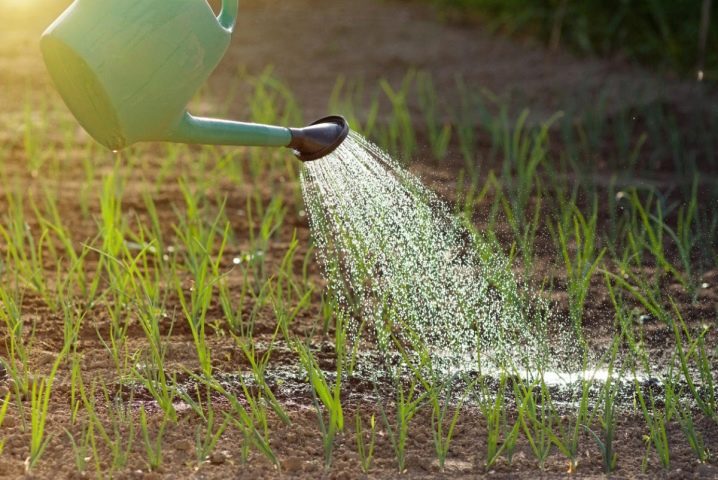
- Top dressing. For a good yield, the plants are fed 2-3 times per season. For the first time, this is done two weeks after planting. At this stage, fertilizers containing nitrogen are used. They help speed up the growth of greenery. Most often, gardeners at this stage use a solution of chicken manure or herbal tea. The second top dressing is applied two weeks after the first. Nitrogen products can also be used at this time. For the third time, fertilizers are embedded in the soil during the formation of the head. At this stage, the top dressing should contain potassium and phosphorus.
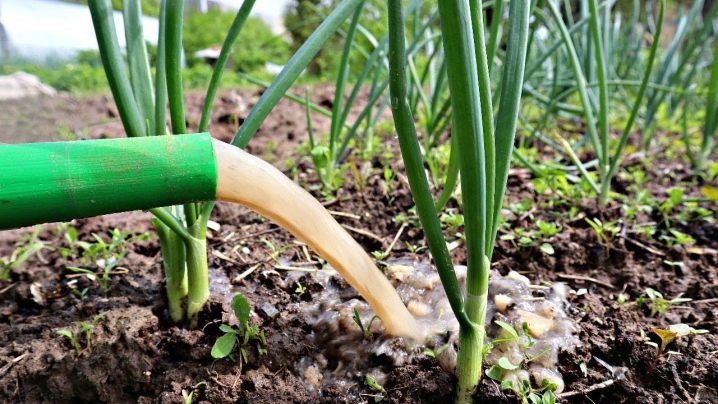
- Loosening. So that a dense crust does not form next to the stems of the plant, the earth must be regularly loosened. It is also important to kill all weeds in the process. Loosening is usually combined with watering the site.
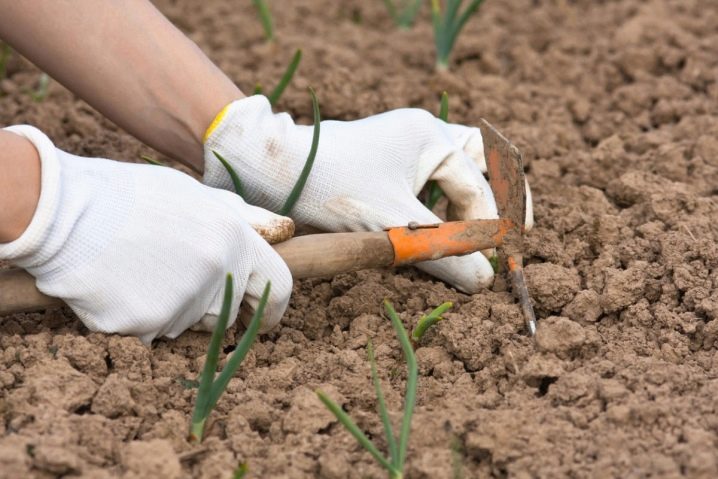
If done correctly, the onions will grow really big and tasty.
Reproduction
Most types of onions in nature are propagated by seeds. At the end of summer, arrows appear on each plant with balls at the edges. They contain small seeds. When the arrows dry up and the seeds turn black, they can be collected and sent for storage.
Sevok grown in one season can also be used for planting the next year. The main thing is that it is really high quality and healthy.

Diseases and pests
Onions, like other plants in the garden or garden, are often attacked by various pests.
-
Onion tick. These insects damage onions both outdoors and in greenhouses. Pests are spreading quite actively. To combat them, potent insecticides are used.
-
Mole. Onion moth caterpillars pose a danger to inflorescences. If this pest has appeared on the site, it is recommended to dust the plants with clean ash or tobacco dust. Large caterpillars can be harvested by hand.
-
Nematode. This is another common pest. Its activity leads to the oppression of plants and their death. To combat these parasites, carbamide is used. Before planting on the site, the planting material can also be pre-disinfected in a solution of potassium permanganate or an infusion of wood ash.
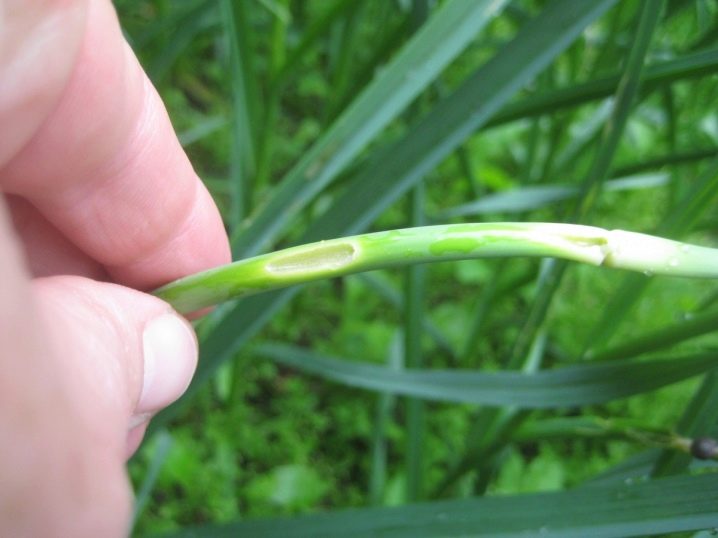
Onions are very often affected by various diseases.
-
Peronosporosis. This disease is also known as downy mildew. It develops most actively in rainy weather. The foliage and stems are covered with a grayish bloom, which darkens over time.
-
Rust. The disease affects onions and garlic in spring. At this time, orange specks form on its foliage. Over time, they begin to turn black. If this disease is ignored, the bulbs will be small and the green foliage will begin to dry out.
-
Green rot. This disease affects the harvested crop. A dense plaque begins to form on the heads. The disease develops most actively in conditions of high humidity.
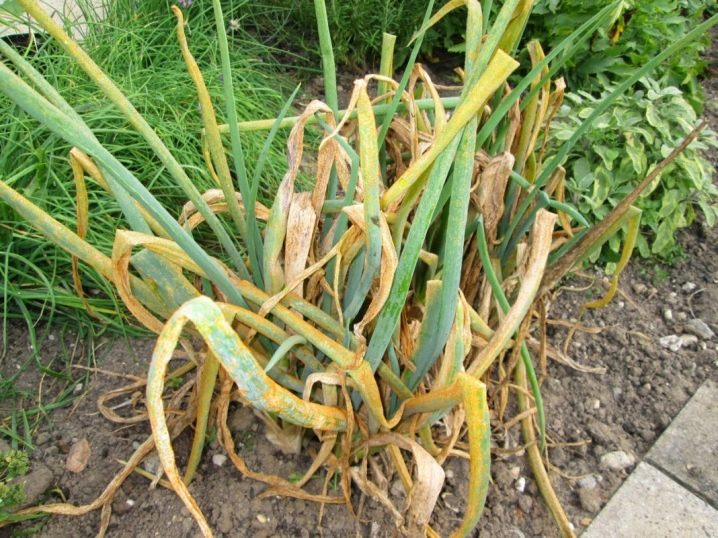
Proven fungicides are used to combat these diseases. It is recommended to prune and destroy heavily affected plant parts.
Collection and storage
Harvesting is usually done in early autumn. At this time, the foliage already looks dry and yellow. Prepared bulbs are carefully dug out of the soil. This is best done in the evening, in dry and cloudy weather. Plants stop watering 10-15 days before harvesting.
After harvesting, the onion must be dried and peeled from excess husk. As a result, the heads should be clean. The fruits processed in this way are sent for drying for another three weeks. During this time, they have time to ripen and become more tasty. Then the crop is put into boxes or containers. They are stored there for several months. The main thing is to regularly inspect your stocks. This will prevent the formation of rot and mildew.
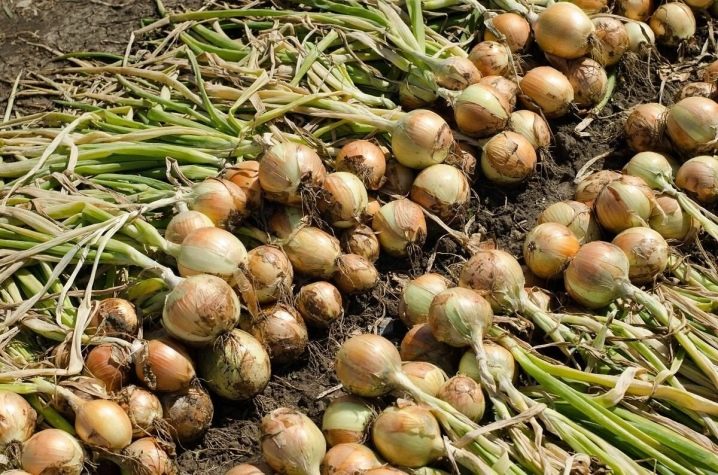
You can store green onions or heads in other ways.
-
Dry. Onion greens can be finely chopped and dried. In this case, it will be used as a seasoning for the preparation of main dishes and side dishes. Dried herbs can be stored in glass jars or paper bags.
-
In fridge. You can send peeled onions and heads in husks to the refrigerator. In the vegetable container, the product will be stored for a long time. Cooked onions can be stored in the refrigerator for 7-10 days. This applies to both baked and fried or boiled product.
-
In the freezer. As a rule, chopped onions are sent to the freezer. It is wrapped in plastic wrap. There it can be stored for several months.
-
Marinate. You can cook different types of onions in this way. The product is cleaned and placed in a glass or ceramic container. Then it is poured with a mixture of vinegar, sugar, salt and spices. Onions can be stored in jars for about six months.
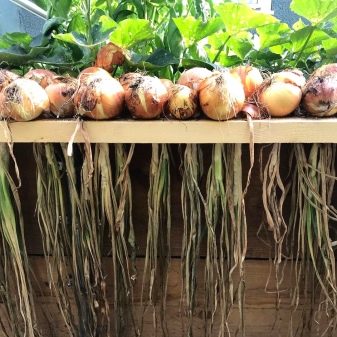
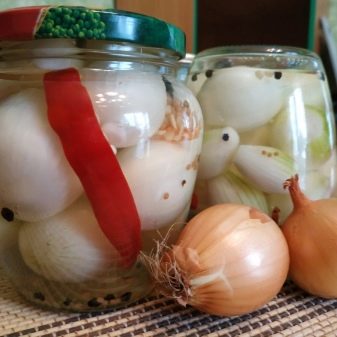
Grown for planting next year, onion sets are also harvested in the fall. It is carefully dried and sent to a cool room. The temperature there should always be within 2-3 degrees. If the set is stored in a warm room, it must be kept away from radiators and heaters.
Knowing all the basic information about onions, anyone can grow it on their site.
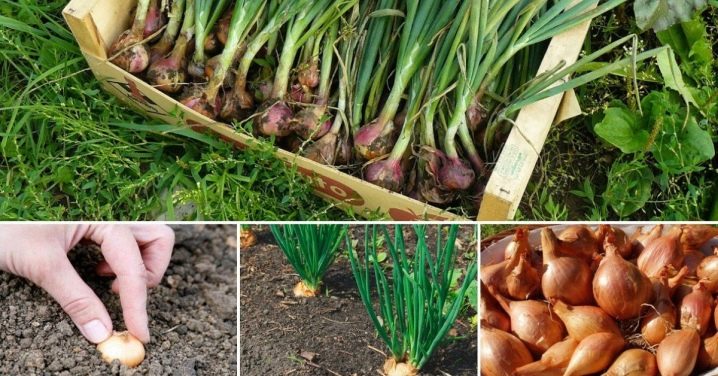













The comment was sent successfully.